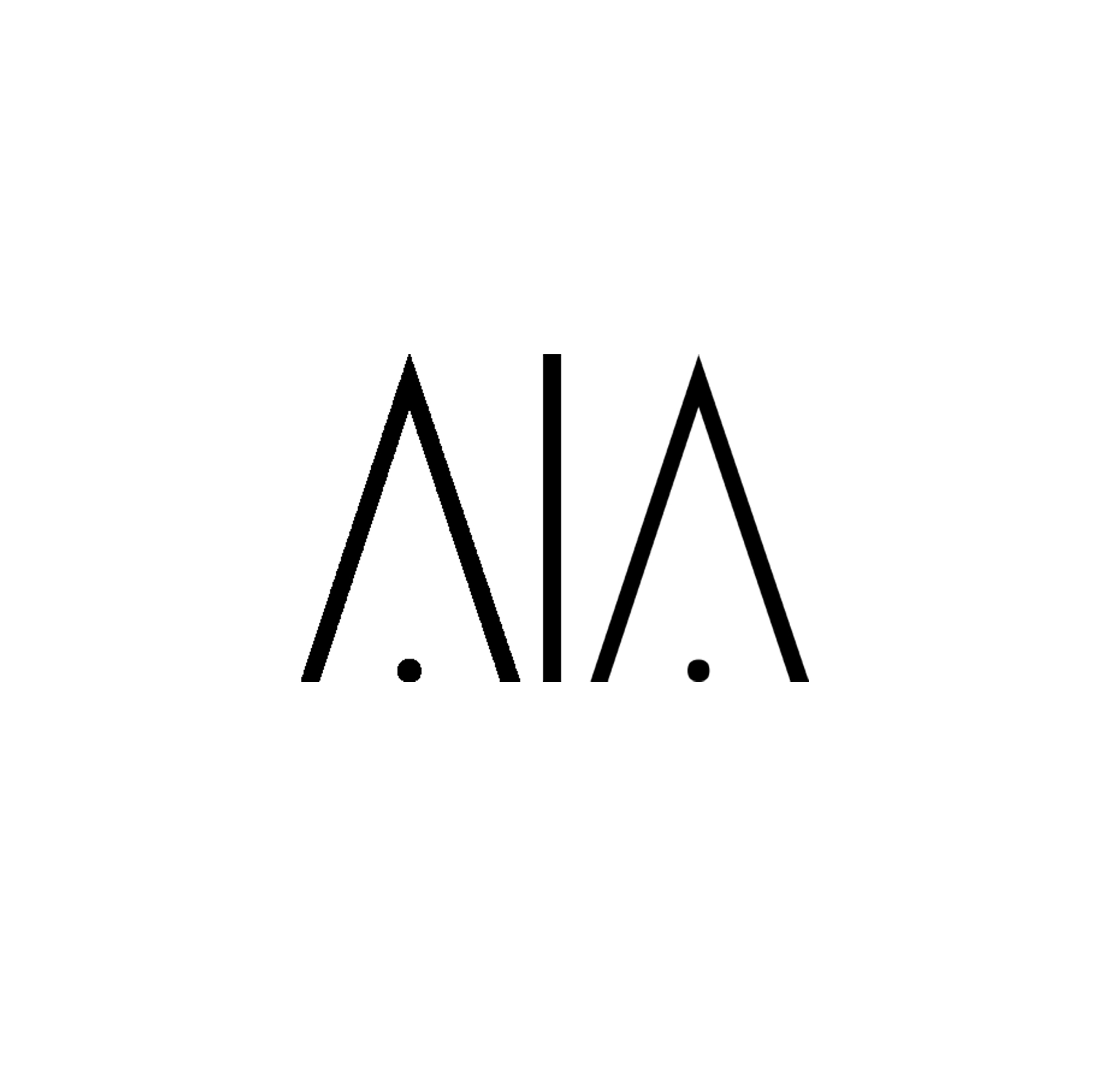Art & Design: Communicating Value - In Conversation with Douglas Pancoast
“The world understands art in general. It tends to value the skills of artists, in their ability to problematize, understand complexity and communicate dynamic things well,” says Douglas Pancoast, Director and Associate Professor at the School of Art Institute of Chicago.
We’re speaking about how art and design can be used as a communicative tool, but also about the role of artists in future cities. Where the value of creative practice is understood intrinsically in the arts, beyond those realms, it is accepted that discourse circulates on how art is providing value to existing cultural and civic activity, but often ceases past dialogue.
“We find that the characteristics of artists are valued, not the actual art making or what they want to do in practice. At the School (SAIC), we’re interested in exploring how we can work outside of the industries of art and design in a way that allows artists to do what it is that they want.” This is something that resonates strongly with us at MAIA. As a part-production company, part-thinktank looking at how artists live and work sustainably, finding alternative ways to supporting artists to do the work they want to do is an outlook we share.
My conversation with Douglas comes after a recent event in Birmingham with Culture Central, Beatfreeks and Impact Hub Birmingham, where he spoke about the role of artists and young people in shaping future cities. “Art product, or knowledge, or output has a mutually beneficial quality to external partners, be that from industry, community or city government. What we’re doing at the School is embedding artists in a context that is mutually beneficial. If we’re aware of what is happening, as a faculty, in our community, we can find a good fit and create residency opportunities enabling those operating as artists to make their work visible.”
One of the resulting explorations Douglas refers to comes from civic practice artist Frances Whitehead, whose background as a ceramicist and sculpture artist with an interest in physical, public and natural space led to work on gardens. From this practice rooted in art and sustainability came an interest in how gardens operate in cultures and how they could be used as a tool for urban remediation. Whether looking at how to manage park space or contaminated space, such practice asks the question “what is useful?” As such, the dialogue then translates and can be used as a tool for external partners, e.g. from industry or city government.
“It’s about communicating the value of art and design in a proactive, unsolicited way,” adds Douglas. “The gesture comes from outside of the art. Fundamentally, we’re talking about meaningful engagement with other people.”
In the UK, where our current government appears to be siphoning arts and creativity out of education, I’m interested in the role SAIC plays in its community.
“Our mission is to launch creative practice. Previously, the School was just acting as an institution. It didn’t see itself as having the opportunity or the responsibility of being a city-affecting institution. But the bigger picture is about purposefulness, communicating something intentional, addressing some condition and meeting it with a platform for engaging the city. We now have a real community within the school. We can layer that institutional infrastructure on top while making art available for academia as an outreach resource. On this service mission, it’s a way to not only cultivate appreciation, but to also empower through art and design and give communicative tools to utilise. We can use our resources to embed artists in wider contexts and dialogues, but hopefully in ways that enable them to make the work they want to make.”
I ask if the barrier to art and design education is something witnessed in the United States: “It’s something that happens in segments – it’s either seen as extraneous or essential. At the moment, there’s a lot of discourse about the MFA (Master of Fine Arts) being the new business degree and how art can provide additional value to existing cultural activity in the US,” explains Douglas.
Thinking back to how MAIA started as a business club for creatives, we’re constantly looking for ways to support artists in their practice. The balance between financial sustainability, external value and artistic integrity is something we continue to navigate.
“Our aim is helping people be as resilient as can be for as long as possible,” says Douglas. “We’re giving the opportunity to recognise what is it to be sustainable in their own practice. We want these opportunities to be seen and then pushed through practice and that balance, when it comes to sustainability is like a rite of passage to learn. Art practice has a responsibility to communicate relevant and arresting content in ways that people can understand. Often, the problem is the art critical paradigm isn’t readable to people who aren’t artists. What is the point with no larger communicative feel? The goal is not to bring output that has nothing to say. We hope that we are enabling the creation of value through art and design, but value on the artist’s own terms, which is then translated. As long as artists continue to be interested in something social, or something political, the culture of mutual benefit can only become more rich.”
Douglas Pancoast is Director of the Earl and Brenda Shapiro for the Center of Research and Collaboration, Associate Professor at the School of the Art Institute of Chicago and founder of Until Architecture.

